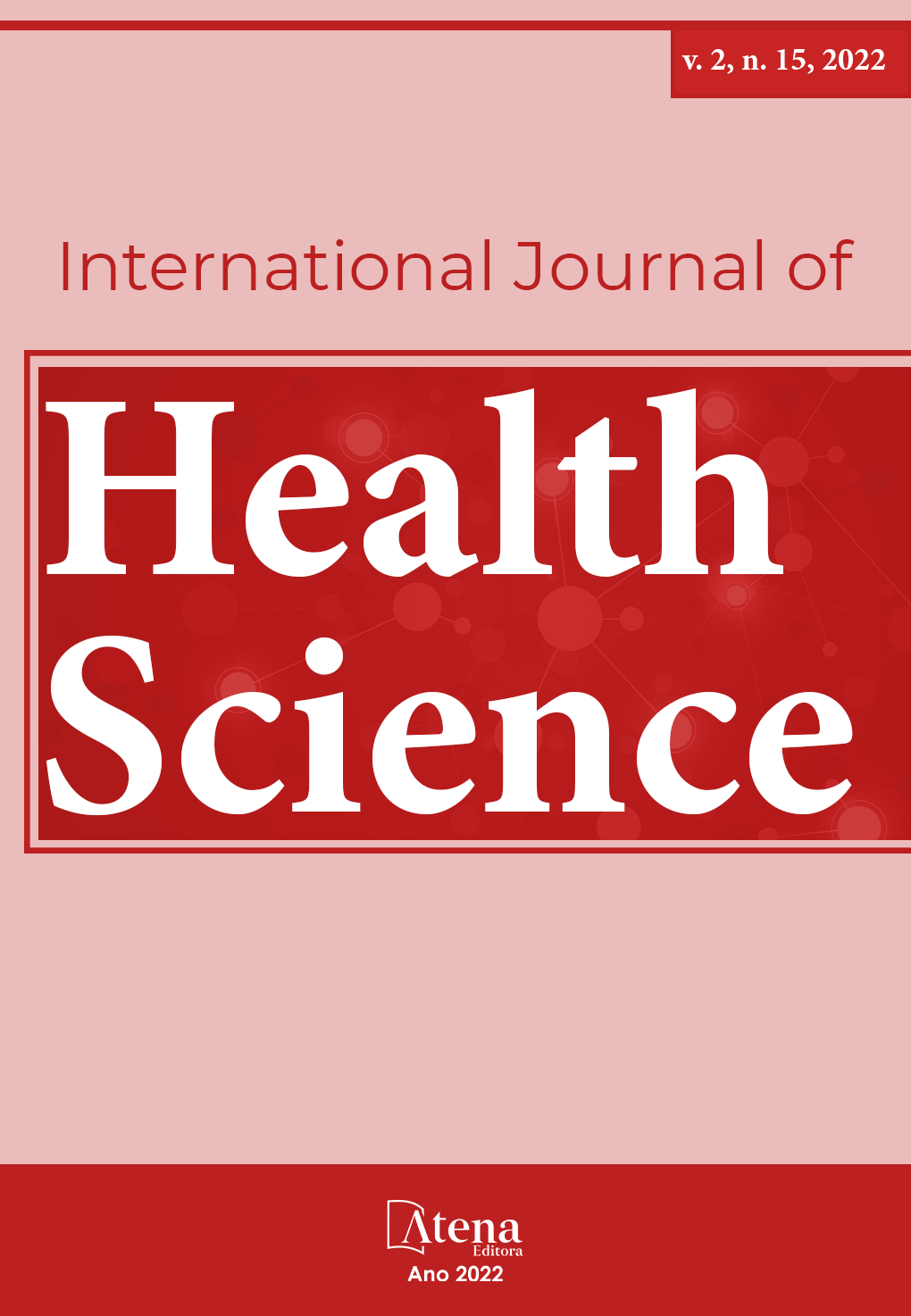
CORONARY ARTERY ANOMALY: CASE REPORT
Coronary artery anomalies (CAA) are congenital alterations in the origin, course and structure of the epicardial coronary arteries. The origin and proximal course of anomalous coronary arteries are the main predictors of severity. It constitutes the second most frequent cause of sudden death of cardiovascular origin in competitive athletes and can be a cause of heart failure and death in infants. In this article, a case of a patient with unstable angina for 6 months finally diagnosed with the disease will be described. CASE REPORT: A 35-year-old female patient with no comorbidities was admitted to the Emergency Room with unstable angina. She had been undergoing an outpatient investigation for chest pain for 6 months. She performed a submaximal and positive treadmill test for myocardial ischemia, as well as coronary CT angiography (CT angiography) that showed an anomalous origin of the left main coronary artery, originating in the right coronary sinus and with a malignant path between the aorta and the pulmonary artery. Oral therapy with cardioselective beta-blockers (bisoprolol) and trimetazidine was started. It evolved in a refractory manner to drug treatment, with worsening of the angina with increased frequency and intensity, appearing at rest and with associated dyspnea (ccs4). She sought the emergency room and was hospitalized for surgical approach. For better visualization of the coronary bed, a preoperative catheterization was performed. The procedure performed by cardiovascular surgery was the bridge of the right internal mammary artery to the marginal artery and the left internal mammary artery to the anterior descending artery. The patient evolved without complications in the postoperative period. DISCUSSION: The diagnosis of AAC is a challenge, since patients are usually asymptomatic and physical examination does not reveal any changes. The American Heart Association considers cardiac CT angiography an adequate method for diagnosing CAA. Once diagnosed, AAC must be surgically corrected promptly to prevent complications and sequelae typical of the natural history of the disease. CONCLUSIONS: Although rare, it is a lethal condition if not diagnosed and treated early. After clinical confirmation of the disease, surgical therapy presents a viable option and, in general, with a good prognosis. As it is a rare disease, further studies are still needed to determine an effective screening and optimal treatment for each patient.
CORONARY ARTERY ANOMALY: CASE REPORT
-
DOI: 10.22533/at.ed.1592152215035
-
Palavras-chave: Coronary arteries. anomalies. Congenital heart diseases.
-
Keywords: Coronary arteries. anomalies. Congenital heart diseases.
-
Abstract:
Coronary artery anomalies (CAA) are congenital alterations in the origin, course and structure of the epicardial coronary arteries. The origin and proximal course of anomalous coronary arteries are the main predictors of severity. It constitutes the second most frequent cause of sudden death of cardiovascular origin in competitive athletes and can be a cause of heart failure and death in infants. In this article, a case of a patient with unstable angina for 6 months finally diagnosed with the disease will be described. CASE REPORT: A 35-year-old female patient with no comorbidities was admitted to the Emergency Room with unstable angina. She had been undergoing an outpatient investigation for chest pain for 6 months. She performed a submaximal and positive treadmill test for myocardial ischemia, as well as coronary CT angiography (CT angiography) that showed an anomalous origin of the left main coronary artery, originating in the right coronary sinus and with a malignant path between the aorta and the pulmonary artery. Oral therapy with cardioselective beta-blockers (bisoprolol) and trimetazidine was started. It evolved in a refractory manner to drug treatment, with worsening of the angina with increased frequency and intensity, appearing at rest and with associated dyspnea (ccs4). She sought the emergency room and was hospitalized for surgical approach. For better visualization of the coronary bed, a preoperative catheterization was performed. The procedure performed by cardiovascular surgery was the bridge of the right internal mammary artery to the marginal artery and the left internal mammary artery to the anterior descending artery. The patient evolved without complications in the postoperative period. DISCUSSION: The diagnosis of AAC is a challenge, since patients are usually asymptomatic and physical examination does not reveal any changes. The American Heart Association considers cardiac CT angiography an adequate method for diagnosing CAA. Once diagnosed, AAC must be surgically corrected promptly to prevent complications and sequelae typical of the natural history of the disease. CONCLUSIONS: Although rare, it is a lethal condition if not diagnosed and treated early. After clinical confirmation of the disease, surgical therapy presents a viable option and, in general, with a good prognosis. As it is a rare disease, further studies are still needed to determine an effective screening and optimal treatment for each patient.
-
Número de páginas: 7
- George Lucas Santos Pereira
- Mirelly Grace Ramos Cisneiros
- Vitória Palazoni Viegas Mendonça
- Fábio Batalha Carvalho Silveira
- Bruno José Santos Lima
- Eduardo José Pereira Ferreira
- André Bastos Paixão
- Roberto Cardoso Barroso
- João Paulo Cerqueira Vieira
- Rafael do Amor Xavier
- Luiz Flávio Andrade Prado
- Mayra Pereira Souza Barros


